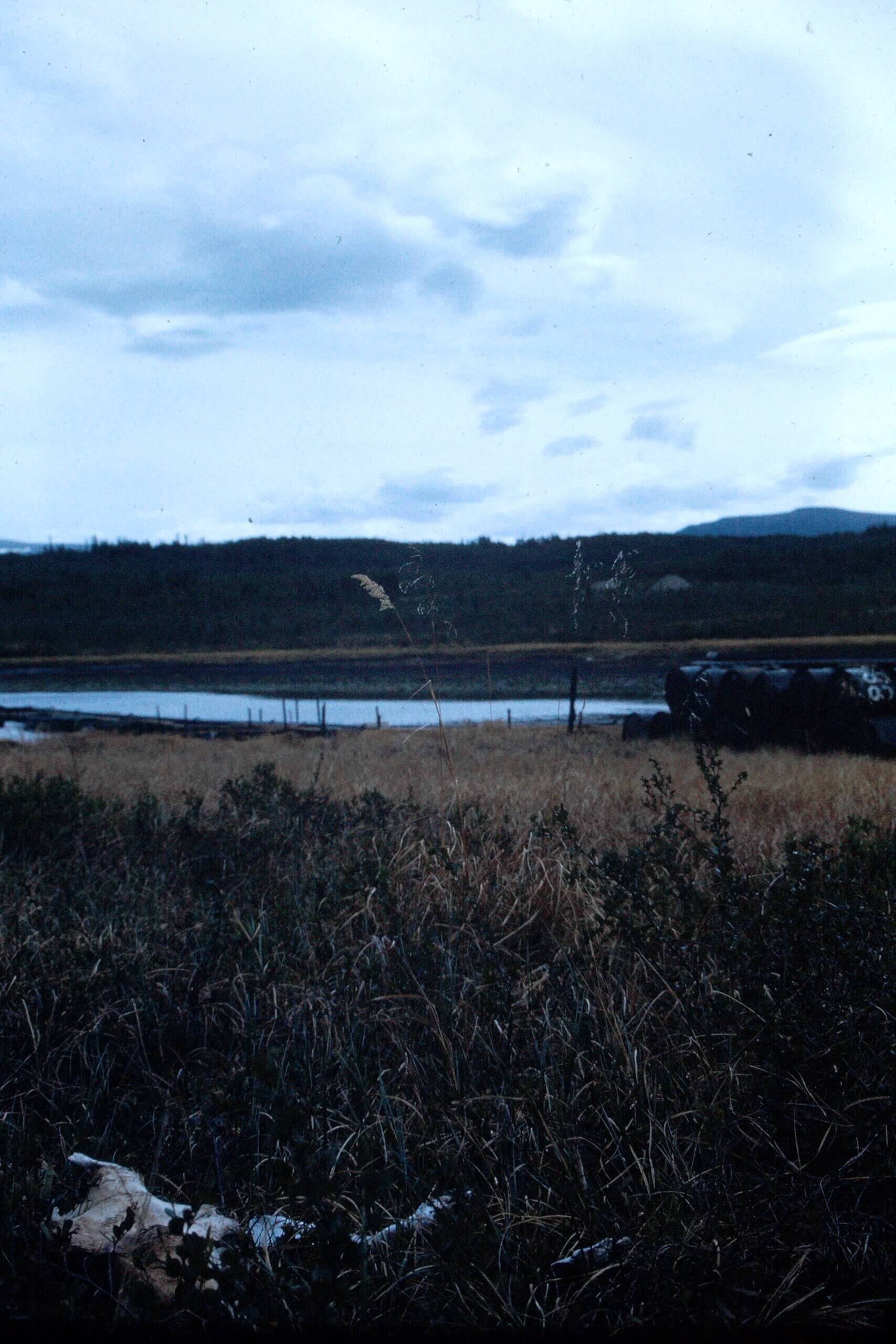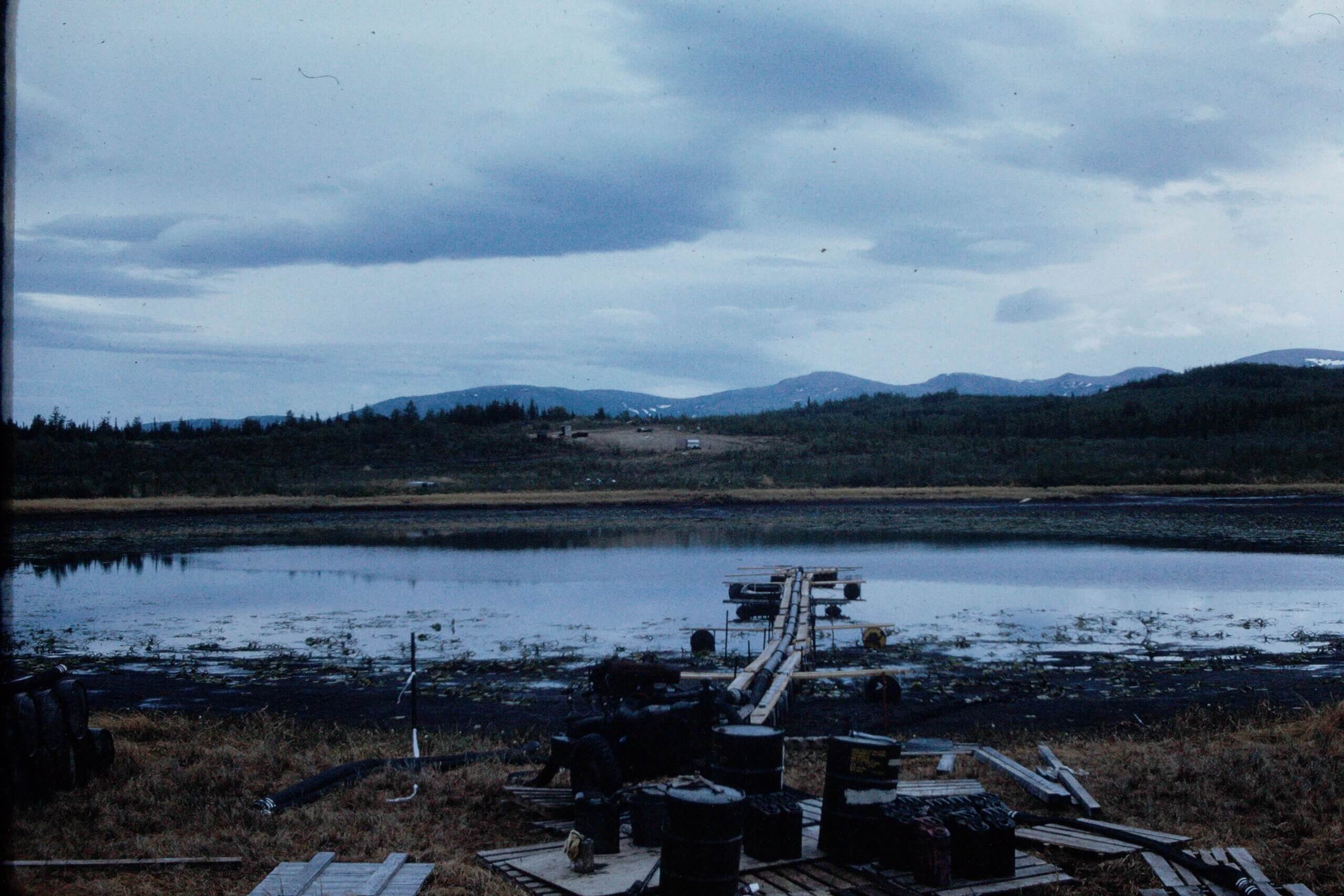Blueberry Lake, Artillery Shells, and Nerve Gas
Gerstle River Arctic Test Site is 20,589 acres in size and was acquired under a Public Land Order issued in 1953; it was utilized historically from 1954 through 1967 for static and dynamic testing and observation of chemical agent, biological simulant, and high explosives munitions.
When I was stationed there, I had a Top Secret clearance because of the chemical weapons (artillery shells and land mines) on the property. Many tests were done with mustard gas and nerve agents (GB and VX) during the 60’s before I got there. Much of this information is now in the public record since the U. S. Army attempted to give the land back to the state of Alaska or the Bureau of Land management and had to share all its history. After several cleanups, it became apparent that the Army had not kept good records of what had been done there or where it had been done. Firefighters trying to extinguish a forest fire in the area during the 1990’s had to retreat when unexpected munitions exploded. If you look up Gerstle river on Google, you can read about its controversial history.
Blueberry Lake
GB (Sarin) is a nerve gas that can kill with just a tiny drop. One artillery shell can kill thousands. Two hundred artillery shells with GB nerve gas were stored on the ice of a small lake (first called VX lake and then Blueberry Lake) one winter and were not moved before the ice melted in the spring. They fell into the mud and disappeared. The rumor was that they weren’t sure what to do about the situation – whether to just bulldoze dirt over it and walk away or to clean up the mess. They made a decision to drain the lake and neutralize the nerve gas. A civilian company used metal detectors to find the shells (C4 explosive was also in the mix). They gathered up the shells, drilled holes in them and neutralized the nerve gas using caustic soda. After the shells were drained, they were placed in a pit about 10 feet deep and then blown up with det cord.
My only part in this was to help dispose of the 55 gallon drums of caustic soda.


